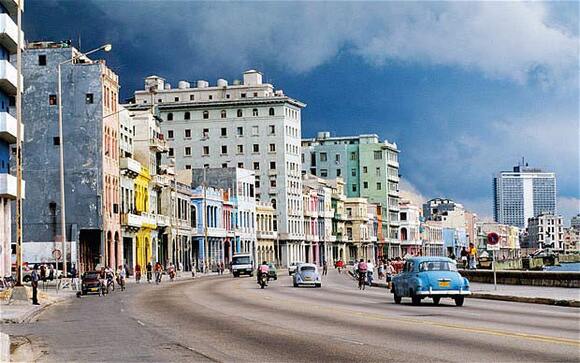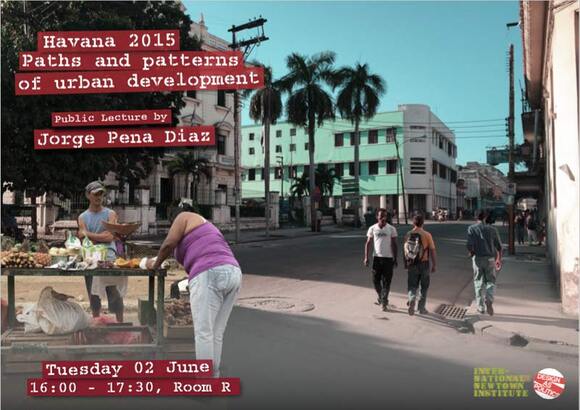On Tuesday 2 June, Jorge Peña Díaz (architect and professor on Urban Design at the CUJAE University of Havana Cuba) will give a lecture about the recent past and near future of the fascinating city of Havana, the capital of Cuba, entitled: Havana 2015 – Paths and patterns of urban development. The lecture addresses the current patterns of urban development in Havana, using the results of the project Atlas Urbano de La Habana (Urban Atlas of Havana). This project consisted of the mapping of Havana as a research tool in order to understand both the specificities of the current urban situation and the milestones it has followed. This analysis allows to understand the impact of the economic and political crisis of the 90´s in the urban structure of Havana. It also shows the fabric on top of which both internal structural changes and foreign factors have been and will be operating.
The lecture also addresses the most pressing urban questions that Havana is facing at this moment, among which is the transformation of the harbour of Havana. The historic harbour, dating back to the beginning of colonial time, has functionally been replaced by another harbour, leaving the old harbour to be redeveloped. Now that Cuba is opening up to the outside world, which direction will the transformation take? Will it remain true to its heritage value and Cuban identity or follow the commercially profitable way of generic leisure harbour development?

Michelle Provoost will give an introduction to Jorge Peña’s lecture, on the links between Havana and INTI‘s students exchange program. The New Towns near Havana have an interesting background and urgent challenges to be solved. At the moment of Castro’s Revolution in 1959, the urban development of this bustling metropolis came to a grinding halt. While the city was in the midst of the transformation into a second Las Vegas or Miami, all investments were nationalised and development stopped. The only new part of the city built by the communist regime is the infamous Alamar, a Soviet-style New Town for ca. 100.000 inhabitants, which has become well known for its urban agriculture and its hip hop scene. Seen as a unattractive place to live, the crumbling Alamar is in urgent need of new ideas to connect it to the maelstrom of development that Havana will see.
Jorge Peña Díaz is an architect and professor on Urban Design at the Department for Architectural and Urban Design, Faculty of Architecture, CUJAE [Technical University Havana], Cuba. He is teaching on Planning and Heritage conservation and is also head of the Research Group for Urban Research and Action. Apart from his university work, Jorge is also a member of the Expert technical committee for research on urbanism and housing policy of the Ministry of Construction, a member of the experts advisory group for Havana´s city planning and guest Expert to the COST Urban Agriculture Europe Project, RWTH, Aachen.
Organised by INTI, Design as Politics and TU Delft.


